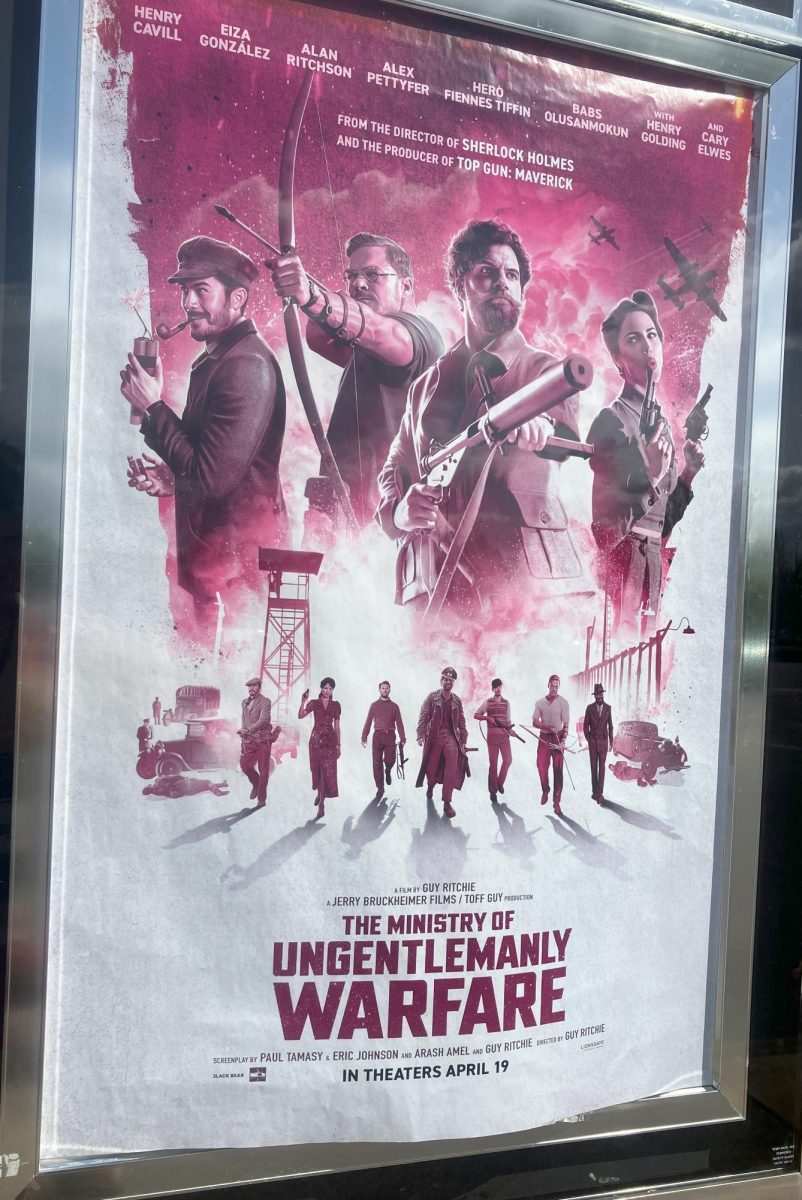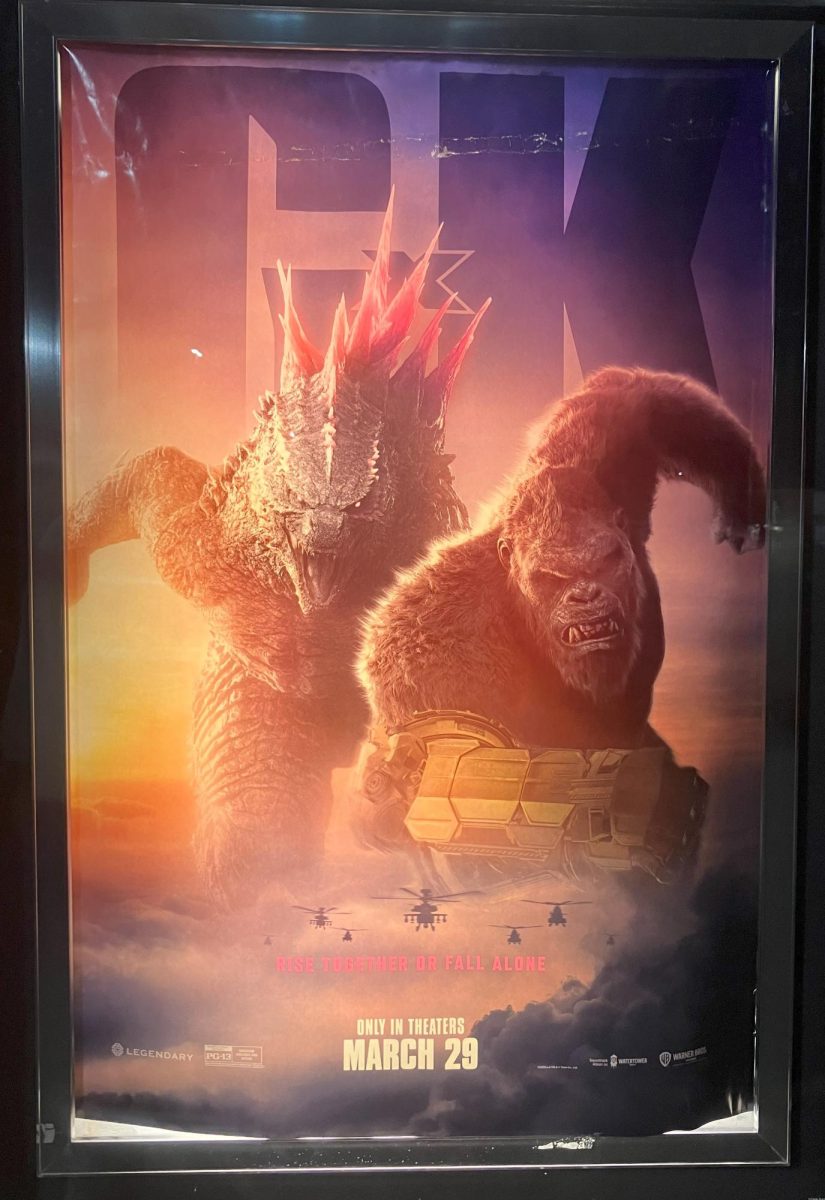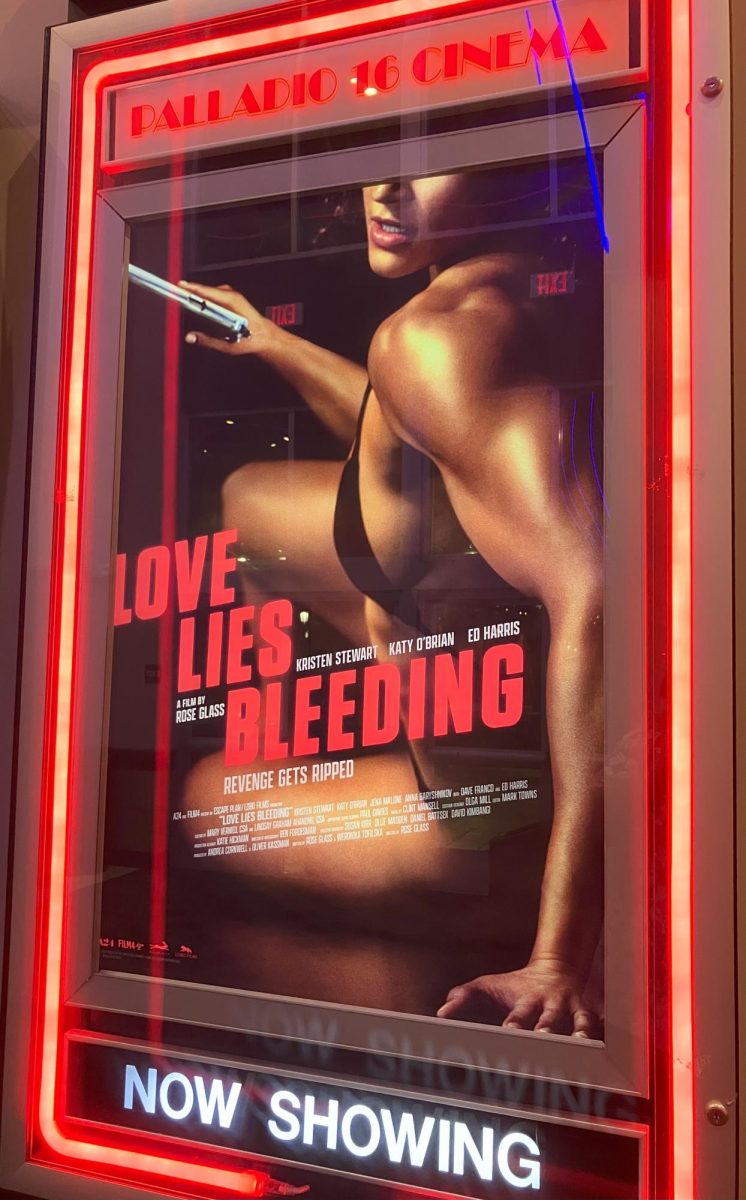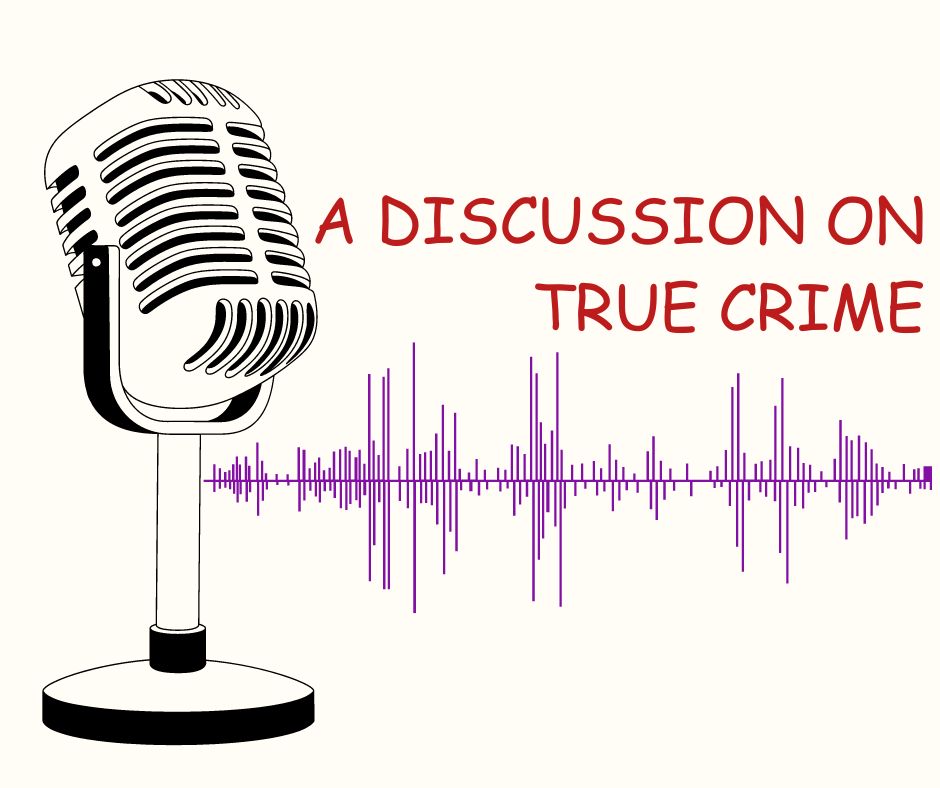Cardboard: good for storage, moving, forts and, to
Linfield College’s image management classes, art.
Image management is taught by Cris Moss,
director of Miller Fine Arts Gallery and adjunct professor of art and visual culture, and Liz Obert, associate professor of art and visual culture, and is an introductory art class meant to get people looking at,
talking about and creating art, Moss said.
The classes’ most recent project is making art out of a 4-by-8-feet sheet of cardboard. First, students built small-scale models of their ideas and, as a class, brainstormed ways to improve and solve problems regarding their projects.
However, what works on a small scale, does not always work out on a large scale, Obert said, and the project has few guidelines.
“We try not to give [students] preconceived ideas of what the solution is because sometimes it’s more about failure,” she said.
Obert added that giving the class a raw material, such as cardboard, without strict parameters forces students to think creatively.
Moss had similar objectives assigning the project, saying there is no prescription for how to create something: Some students approach the project very mathematically, and some just start ripping up the cardboard.
“Lots of people make functional objects, but they are completely
dysfunctional because they are made out of cardboard,” he said.
Some students have trouble making “workable” art, including freshman Alison Pate. For her project, Pate molded the cardboard into a toaster.
“You know how sometimes when you burn your toast and it gets black and tastes like cardboard? That’s what I thought of,” she said.
One of the problems, she said, was trying to get the toaster to function. She built it based on a real toaster, but she said she couldn’t get it to work quite right. So, she made it “broken.”
“The dial is always set at six and never one, so it always burns your toast,” she said.
However, she said the project was a bit daunting.
“I was really intimidated because it’s a 4-by-8-feet sheet of cardboard,” she said. “That’s taller than I am.”
Another student, freshman Josie Silberbach, agreed that cardboard was a
difficult medium to work with.
“Basically, everything about working with cardboard is extremely frustrating,” she said.
For her cardboard project, Silberbach fashioned a tree. She said she initially had the idea to make a realistic one, but decided it was too
pretty and average, so it became abstract.
Her interpretation of the project, she said, was being forced to work with a medium one would not readily work with.
Moss had this in mind, saying he was trying to get students out of the mindset, “I’m doing an art project so I should go to the art store,” and to really research their work.
“The project is not about finding the beauty in cardboard,” he said. “It’s about finding the beauty in
problem solving.”






